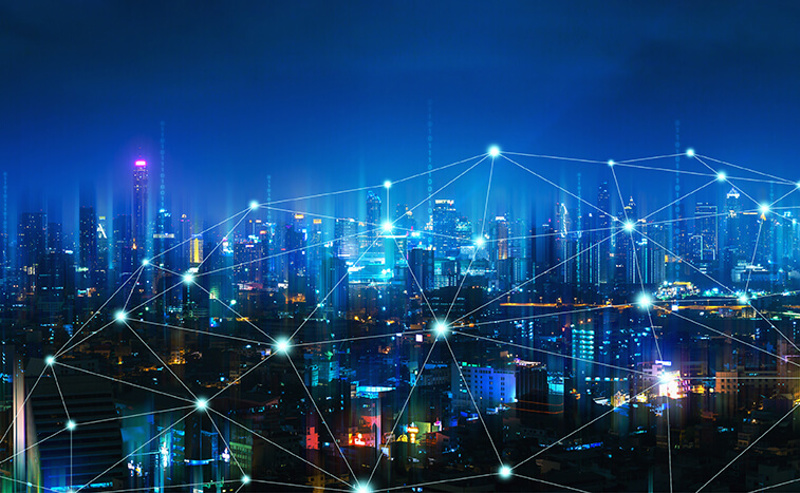In today's world, it is widely accepted that digitization is the key to transforming all areas of the logistics industry. However, we are just at the beginning of a long journey. Recent Black Swan events have exposed vulnerabilities within some of the world’s best run supply chains. With effective planning becoming impossible, the need for real-time visibility has become more important than ever before to successfully navigate through supply chain disruptions as cargo is in transit.
The Internet of Things (IoT) represents a new wave in the industrial revolution that will transform the entire supply chain ecosystem. IoT-enabled visibility not only provides the ability to respond to supply chain distributions in real-time, but it also enhances other emerging technologies such as artificial intelligence (AI) and machine learning (ML). IoT is a key component in taking supply chain technology to the next level.
How Can IoT Enhance Today’s Supply Chain Processes?
Today, the most widely used visibility data is based on events or milestones along the journey of a shipment as it travels through stage gates of the supply chain. Many of these updates are manual in nature based on barcode scanning or other techniques that have been deployed for decades. Quite often these methods are prone to errors and have significant latency issues leading to inaccurate or late delivery of key data.
The implementation of IoT devices in assets such as ocean containers can provide an enhanced real time visibility experience. They can accurately track the location and condition of goods, enabling better reservation or repositioning decisions; but that is just the beginning of the value IoT provides to supply chains. They also replace asset tracking methods like barcodes and identify points of delay, providing more time for contingency planning. Similarly, geofencing provides more accurate data for gate-in and gate-out entries.
IoT data includes an array of information based on the type of sensor used to mitigate any number of issues during transit. For instance, if a container is delayed at a port, the sensors will allow you to see if your shipment is being mishandled or tampered using customized parameters. Most sensors also transmit basic details such as the temperature at which the cargo is stored, humidity, and other statistics around the condition of the cargo.
How is Blume Global Deploying Game Changing IoT Technology?
At Blume, we facilitate supply chain orchestration across the end-to-end logistic journey. Blume’s insights are generated by combining data curated from direct carrier partnerships with over 28 years of experience driven by our proprietary ML and AI. This enables our platform to generate real-time predictive ETAs (estimated time of arrival) for shipment, orders, and items for customers; thus, allowing them to plan better, save costs, and improve customer experience.
IoT will produce a lot of data, maybe even too much data for humans to comprehend and process. We are deploying AI and ML technology to convert this data into actionable insights through the Blume Digital Platform. It is the only cloud-first, API-enabled, real-time platform that connects and uplifts the entire logistics supply chain ecosystem. It allows Blume and other third-party solutions to combine and form a powerful globally connected network of partners.
The Blume Platform is designed to support data from all IoT sensor providers. IoT data on the Blume Platform will include all parameters currently provided and accommodate future enhancements. For instance, information about sensor battery health or insights about barometric pressure would be available based on the sensor deployed. The information from IoT devices have many real-world applications that will disrupt the supply chain status quo.
Blume IoT enabled visibility eliminates supply chain blind spots via true real-time data insights, thus making supply chains more agile and resilient. Consider the transport of a pallet of vaccines which are required to be maintained at a certain temperature in transit to remain viable. With IoT enabled visibility, we can track the status of the shipment throughout route and monitor temperature changes in real-time. This provides the ability to act quickly to events that impact the temperature and salvage the vaccines, by not only saving money but potentially many lives. There are other extensions of IoT for refrigerated containers that support supply chain resiliency and agility. Users who are utilizing refrigerated containers for their shipments are also granted the ability to remotely control the temperature, pressure, and gas levels.
The applications are limitless across a variety of industries from perishables to high-tech. At Blume, we believe that the logistics industry will undergo an immeasurable revolution over the next decade with the help IoT technology enabled by the Blume Platform.
contact us
Contact Us

